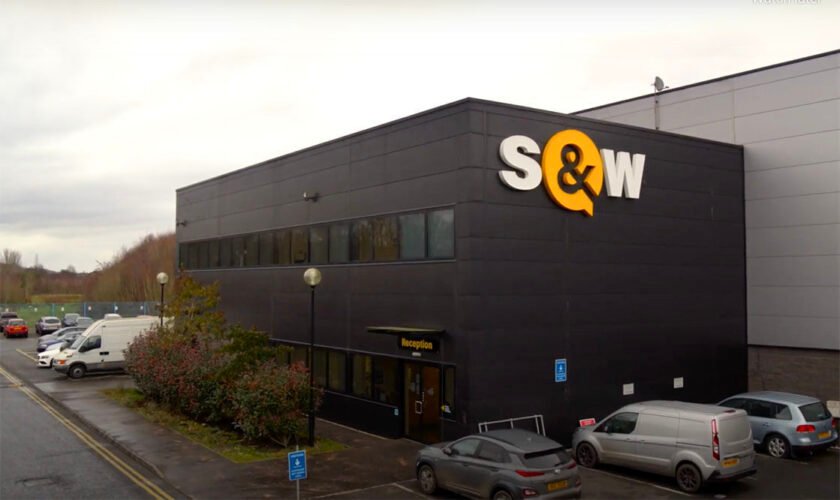By way of introduction, I will first mention a few facts about the beginnings of this waterway, the first canal in the British Isles. During the Cromwellian era (1640s), a survey was carried out on the possibility of digging such a canal, but nothing came of it. In 1729, the Dublin Parliament carried out another study, this time Parliament established “The Commissioners of Inland Navigation for Ireland. “This body got an Act of Parliament through, which levied duties on a wide range of luxury goods, such as carriages, dice and other gaming devices. All the revenue raised provided funds for the venture to go ahead — to establish communication between Newry and Lough Neagh. Newry at that time was one of the major seaports of Ireland. The vision of the Dublin Parliament was, that with the waterway, the seams of coal found in the Coalisland – Dungannon area could be cheaply transported, thus breaking the monopoly of having to import coal and other commodities from England. Official sanction was given and work began in 1731. The digging of the Canal, the costs, the problems, etc. can all be found in Dr. McCutcheon’s excellent book, suffice to say that the canal was opened for traffic on 28th March, 1742. The Dublin Newsletter, March, 1742 stated “The Cope ” of Lough Neagh, William Semple, Commander, came into this harbour laden with coals and being the first vessel that has come through the canal, had a flag at her masthead and fired guns as she came up the channel.” I now want to turn the clock forward to the late 1920s and focus on the social history of the Canal folks, the Lightermen, the Lock Keepers, the workforce and the colourful characters that lived along the banks at that time. My father and mother were appointed lock-keepers at No. 9 locks by Newry Port and Harbour Trust in the year 1913. There are 14 locks on the 18 mile stretch of the Canal.
1. Victoria Lock on the Omeath Road.
2. Reilly’s, a few hundred yards north of Sands’ Mill.
3. Fearon’s Lock at St. Colman’s College.
4. Dodds’
5. McKnight’s at Carnbane.
6. Forsyth’s.
7. Alec Crothers’ at Goraghwood.
8. James McCreesh’s, Knockararney.
9. John Waddell’s at “Crack Bridge,” (Gambles Bridge).
10. Paddy McVeigh’s at Railway Crossing.
11. Arthur Moody’s Lock at Poyntzpass
12. Campbell’s Lock at Terryhoogan, Scarva.
13. No house at this Lock.
14. Moneypenny’s.
As already stated, my father and mother were appointed lock-keepers in 1913. On 13th May, 1919, I first saw the light of day and we had cabbage for the dinner (so I’m told)! I first watched my mother operating the locks, while I was standing in a tea chest — probably playpens were unheard of in those days. The lighters were pulled by horse along the towpath. Usually a young boy of 14 or 15 years, would walk along and lead the horse while the skipper would stand at the back of the lighter and steer with a rudder, or tiller as it was called. The boys leading the horses were poorly paid and suffered a lot of cold and wet during the winter. This occupation was known as “hauling boats.” The lighter men were mostly good humoured but as hard as nails if annoyed. Quite a few of them came from the Lough Neagh area. Lough Shore men they were called. They nearly all had nicknames and those were the names they called eath other. The most famous name spoken about was “Hammerhead.” I never remember him, but I believe his name was Davidson.

















